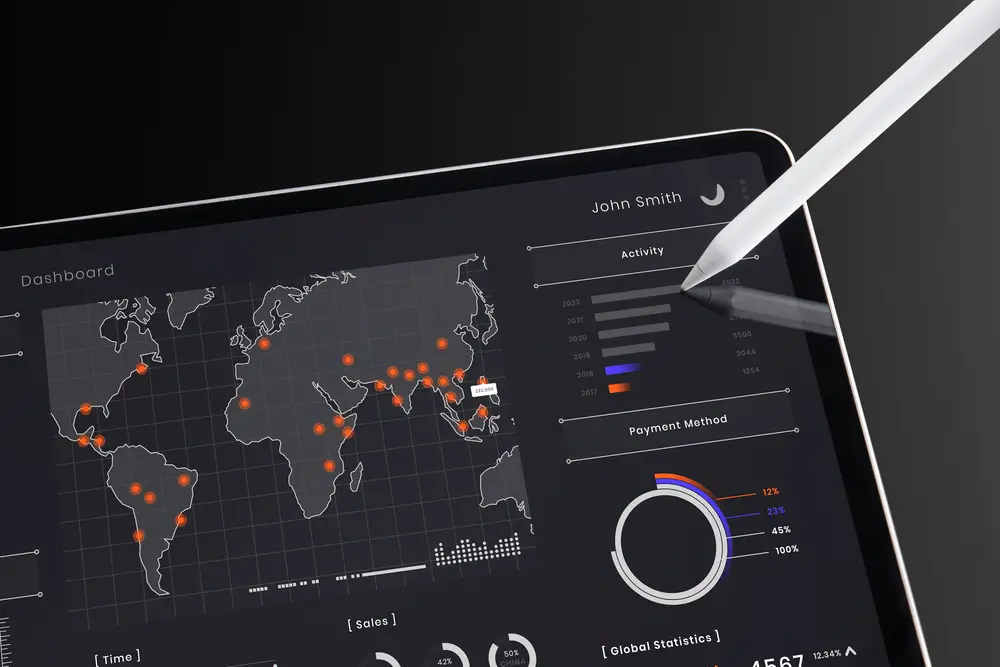Artificial Intelligence (AI) is one of the most relevant topics in technology, with enormous potential in the business area. It must be treated urgently in companies, regardless of size or economic branch, as it can be considered part of innovation strategies, process improvement, and delivery of value to the customer.
In and of itself, AI is an immense area of study, which will develop intelligence based on software and other mechanisms. Additionally, it has several ways of being applied.
In this article, we will explore one of the ways in which AI is applied to the business area: Generative Adversarial Networks (GANs). Learn all about the power of GANs for innovation and how companies are already working with them to grow their businesses.
What are GANs?
GAN It is an Artificial Intelligence class that works with the generation of content that, when analyzed, can easily deceive, leaving it uncertain whether it was produced by humans or fake made by the network.
This technique was invented by Ian Goodfellow in 2014 and, in short, it consists of two main components: discriminator and the generator. They have different responsibilities: the discriminator is a network responsible for evaluating whether a particular content is real or developed; the generator is responsible for producing the content itself.
In this manner, the interaction between the two components takes place in an adversarial: while the discriminator is trained to distinguish the genuine from the fake, the generator operates to deceive the discriminator through the produced content.
Consequently, through this process, the networks develop together, in order to improve their responsibilities more and more.
The different GANs
Going deeper into this AI class, it can be seen that there are several GANs, which are, in turn, proposed to be applied for different purposes:
Deep Convolutional GANs (DCGANs)
They are specific generative and discriminating network architectures for working with images. In general, they are used in the context of generating new images, 3D models, removing noise, identifying fraud, among other things.
Conditional GANs (CGANs)
They are an extension of traditional GANs, with the addition that the generation must take into account certain defined conditions or attributes. In other words, they have the ability to conduct results based on pre-established conditions determined by the user himself.
InfoGans
Like CGANs, InfoGAN aims to produce content similar to those evaluated by the discriminator, but an information vector is also provided about the evaluated data. This technique is commonly used in the task of generating more concise content and produces an information vector, which condenses the most relevant characteristics of this learning;
Super Resolution GANs (SRGANs)
These are networks that combine the idea of generating GANs to produce images that were previously in low quality for high resolution. In short, DCGANs receive low-resolution images as input from the network and, in the end, produce the same image with improved resolution with each iteration.
Companies that already use GANs
GANs are becoming an increasingly used tool in companies to explore creativity, innovation and new trends, and this is all based on the relevant results obtained by them in different areas.
As the idea is relatively simple, companies have been exploring it in various contexts, such as image generation, text, and audio. In addition, there is a great deal of effort on the part of companies to develop techniques that assist in the evaluation of content that can be classified as fraudulent.
Here are some examples of markets that use GANs:

Financials
A very interesting use case was the use of GANs to simulate the real distribution of the stock market price. Using GANs as a generating source, the approximation was able to be more accurate than the common method and obtained a better estimate of the scholarship's time series. Consequently, the financial return from these data was maximized.
Marketing
GANs can be used as strategies for predicting and improving how users react to new products and services. In addition, companies in the industry have been exploring the purchasing profile of users, simulating them through GANs, in order to further improve product recommendations in web services.
Healthcare
In the area of biomedicine, some pharmaceutical companies are exploring the benefits offered by GANs in the task of identifying molecules that are more likely to have desired properties, with the objective of developing new drugs and drugs. This process, when done in the usual way, can have a very high cost and take time. In addition, synthesizing and testing a new molecule costs millions of dollars.
Apply AI to your business
Whatever your industry, AI has the potential to revolutionize it. The possibilities are endless, from process optimization to innovation.
At Venturus, we have been working for almost 30 years promoting digital transformation for various companies and sectors. Get in touch and talk to one of our experts to learn how to apply AI to your business.






